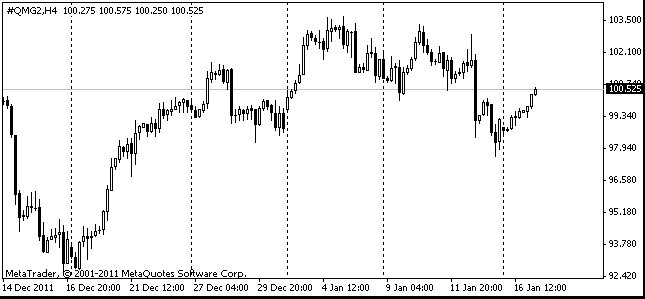EUR/usd
Last night we learnt the preliminary results of elections in Italy. According to these data, there's no clear winner who would form the government on his own. As is often the case in the complicated economic situation, populism is what electors, exhausted by economic slowdown and austerity, particularly favour. Concerns that the government can be formed by the anti-European coalition oppressed the markets yesterday evening. The euro quickly lost all its polish, depreciating against most of its counterparts. The systematic selling took eurusd from the intraday high of 1.3318 to the daily low of 1.3047. Last week we mentioned it many times that the pair was moving within the downward channel, where actually the euro found support in Friday. Further on Friday and Monday the pair tried to reach the upper bound, but already at the end of the European session it was actively depreciating. At the peak of the move the pair even broke through the bounds of the initial channel, so today after the too strong move down we may see consolidation and retracement sentiments in the markets. EURUSD is close to the levels of the beginning of the year, when it tried to go below 1.30. Most likely, there will be a lot of the euro fans in this area, who will purchase the currency in the beginning. There weren't any important statistics from the USA yesterday, so the markets reacted to the news from Europe. Today the States may attract the market's attention back to itself. We'll see a series of the housing market statistics (price indices from Case-Shiller and FHFA, new home sales) and also data on the consumer confidence from the US Conference Board .Yet, the closest attention will be paid to Bernanke's half-year report on the monetary policy, which he will deliver to the Congress. Some expect that the Fed's head will ease fears around the rollback of the asset purchase programme before the end of the year.

GBP/USD
The euro's troubles somewhat supported the pound. Of course, to a lesser degree than a year ago, but yesterday it was clear that troubles of the single currency don't cause any decline in the sterling, more so, it was even growing against the dollar. This inverse correlation first formed a year ago and has been especially noticeable in the recent months. Probably, the outflow of assets from the euro against the political uncertainty in Italy and debates around the bailout of Cyprus's banking sector will help the sterling form the basis after the decline by 13 figures over two months.

USD/JPY
Just like in case with the sterling, troubles in Europe made investors and traders think of the traditional safe havens. The Japanese currency was in particularly good demand yesterday. usdjpy sank from the daily high of 94.55 on opening to the daily low of 90.87. EURJPY tumbled from 125.20 to 118.70 for less than eight hours. These two pairs clearly show that the trend to sell the yen is over and won't resume in the near future. Now to start growing again USDJPY needs real actions, politicians' claims won't work any longer. More often the actual scale of incentives disappoints the markets.

oil
Oil keeps depreciating due to the increase in the US inventories. The economic growth cannot keep up with the production growth rate. Eventually the country should start importing less Oil, which can also tell on the trade balance. Just as was mentioned last week, Oil's decline in the coming weeks may target at the 200-day MA, which is now at 90.35. Now Oil is trading at 92.40.
